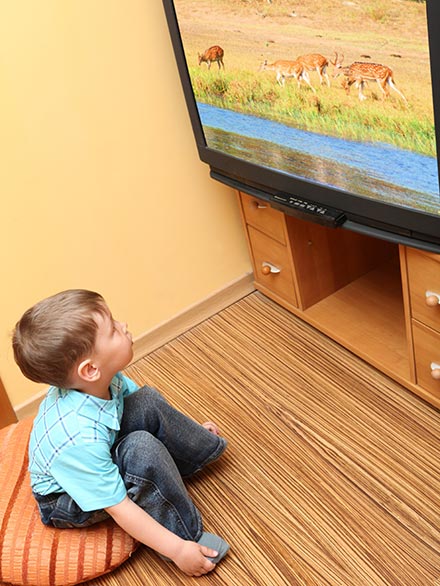What Activities Are Considered Sedentary?
Sedentary behavior is not a lack of a positive health behavior but rather it is itself a negative health behavior
Sedentary activities most often understood are screen time activities such as watching TV, playing video games or sitting at a computer or smart phone. But it can also include other activities like reading, playing cards, driving in a car or bus or sitting at a desk during school or work time. Sedentary activities are those that “do not significantly use arms or legs or provide significant exercise, including, without limitation, sitting, standing, reading, playing a board game, riding in a wagon or drawing.” So while it is important for a child to do a puzzle, sit and build blocks or read a book, these are still sedentary activities and should be broken up with a physical activity at least every 60 minutes.
Excess screen time has a unique set of conditions all of its own beyond obesity, such as decreased creativity, eye problems, anxiety, depression and negative associations with learning and other cognitive processes.

What You Can Do
Children become more sedentary as they get older, so early intervention is crucial to establish and maintain a healthy lifestyle in the early years (4)
Requires involvement from both parents and teachers!
- If weather permits, provide daily periods of outdoor play
- Provide parent or teacher-led physical activity sessions at home or in preschools- not just free play
- Teach children movement skills, don’t just expect them to “figure it out”
- Provide enough materials and working equipment to avoid excessive competition and long waiting periods for sharing
- Find fun games and activities suitable for all children regardless of weight status, ability, or skill level
- Avoid elimination games and ensure children are active and inclusive
- Create opportunities for physical activity during lesson plans or times of transition or waiting
- Look for indoor activities such as dancing or doing a treasure hunt
- Allow children who cannot sleep to play quietly during nap time


